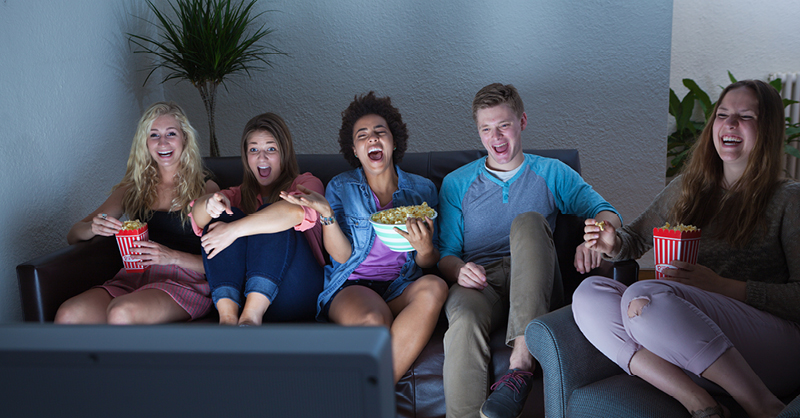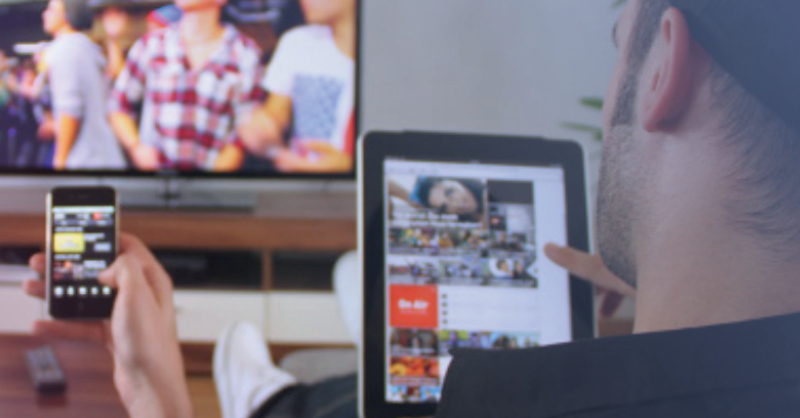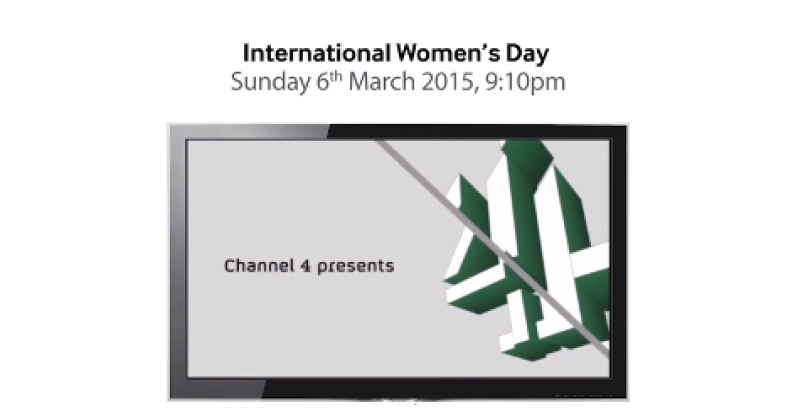Tuning in without your Partner? Uh Oh.
Recently I felt the pain of betrayal when I hit ‘next episode’ on a boxset and learnt that my partner had watched on without me. Their weak defence was that it was better for them to watch at a time that suited them.
That got me thinking about some of the moving habits and audiences for live TV and catch up shows across Video on Demand. 2020 has seen turbulent changes to the way in which we consume media, but which patterns have remained and what are the new behaviours we are seeing?
The impact of VOD on our TV consumption
Disney+, Netflix, UTV, Hayu, Channel 4, Amazon prime… it’s fair to say we have plenty of choice. This has seen an increasing fragmentation in who is watching as our choices increase.
The biggest distance can be seen in age groups over 55’s who are consuming on average, a whopping 5 hours and 39 minutes of TV daily whereas 16–24-year-olds are watching just 48 minutes daily according to Ofcom’s Media Nation report for NI.
The significance of ‘Event TV’ in our viewing habits
Event TV has always proved popular particularly with sports as most people want to watch live rather than catching up.
The takeaways we have noticed are curating content for event TV. Addressable TV with Sky Adsmart and Video on Demand is a good example of linking data on audience with an ad that really speaks to that audience. For example, targeting classical music lovers (using AdSmart data) with an advert for Andre Rieu or the Royal Navy neatly targeting their recruitment audience using ITV hub.
But how do we take this to live TV? We can do this through Event TV – for example big shows that are part of popular culture. An example would be ‘The Great British Bake Off’. We recently launched Dromona’s new butter and cheese advert within the first episode aired in 2021 – linking a product used for baking to the show that is the home of baking!

Creating multiple touchpoints for multi-screen viewing
This has been a continuous trend. Who doesn’t watch TV or catch up with a phone in their hand or close by? This allows us to link multiple media touchpoints. For instance, with the influential Department of Justice Ending the Harm campaign we have tied in Google Search advertising to TV airtime – to steer searchers that see the ad toward the campaign landing page.

Creating stand out to make the most of new TV habits
Multi-screening makes the TV a point of sale – bringing products and services into the living room. A twist on this that is a growth area is QR codes. The best advertising needs to take insights and stand out from the crowd. Sky recently integrated QR codes to keep people engaged with Sky Sports even after the match was over, and to seamlessly get new users onto their app; whether it’s downloaded or not – clever!

Another way to create standout content is to really make noise around launch spots. Standout can be created by negotiating partnerships with the TV stations. Channel 4 did this nicely with International Women’s Day creating a bespoke launch spot as shown above. We recently worked with UTV to deliver a similar style frame spot for the launch of the Department of Education – Hope and Aspiration campaign. UTV created a bespoke frame for the ad to make people pause and pay attention.

Overall
My thoughts are:
- Trends – need to be watched like a hawk in order to ensure efficient targeting and audience profiling.
- Stand out from the crowd – that doesn’t always mean the ad itself – media can be used to cleverly create stand out for your ad using launch spot wrappers.
- Need downloads, bookings, website visitors – would QR codes make sense for your brand?
Get in touch if you would like more info!





